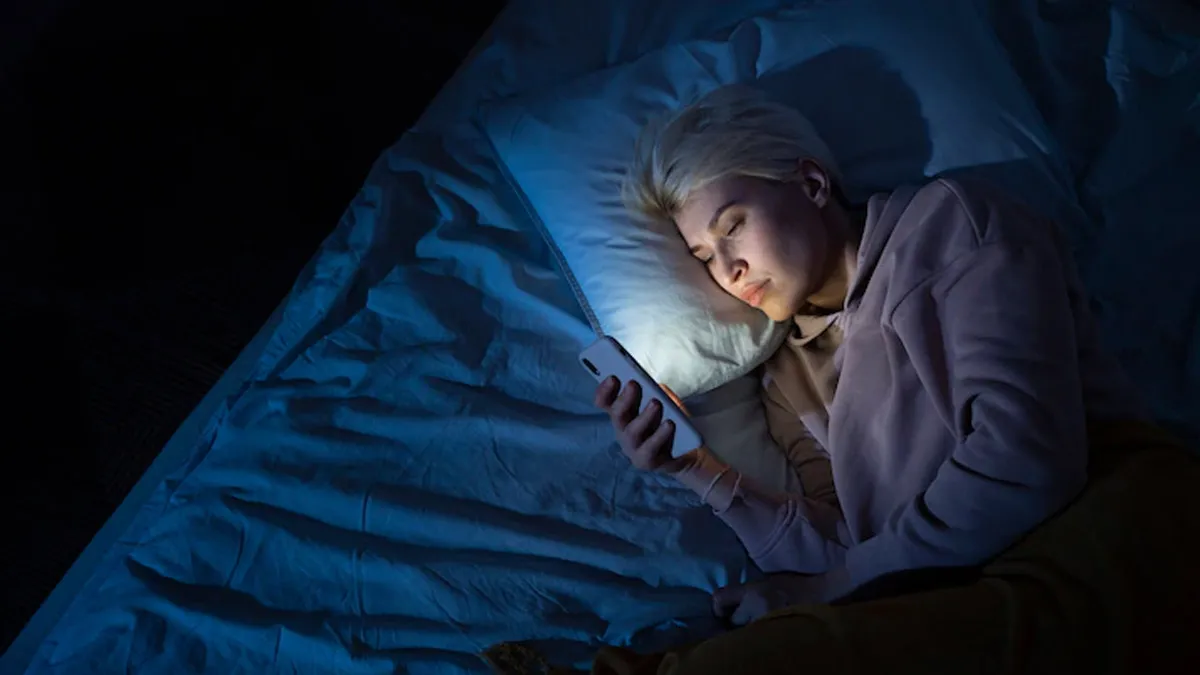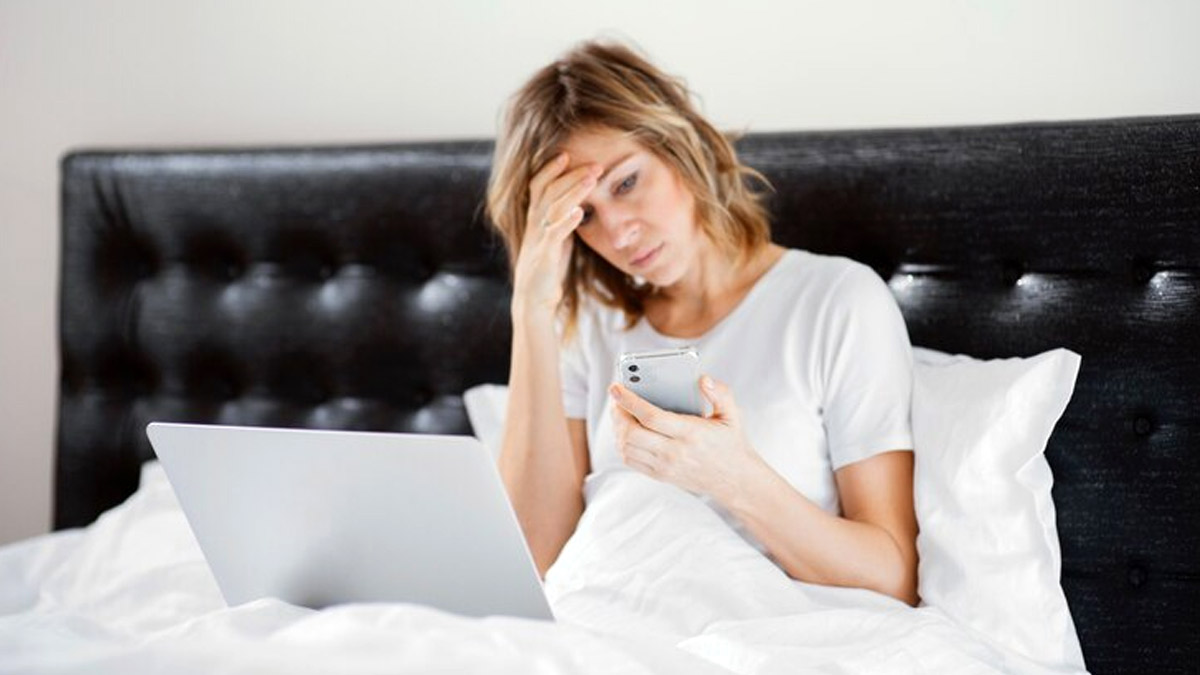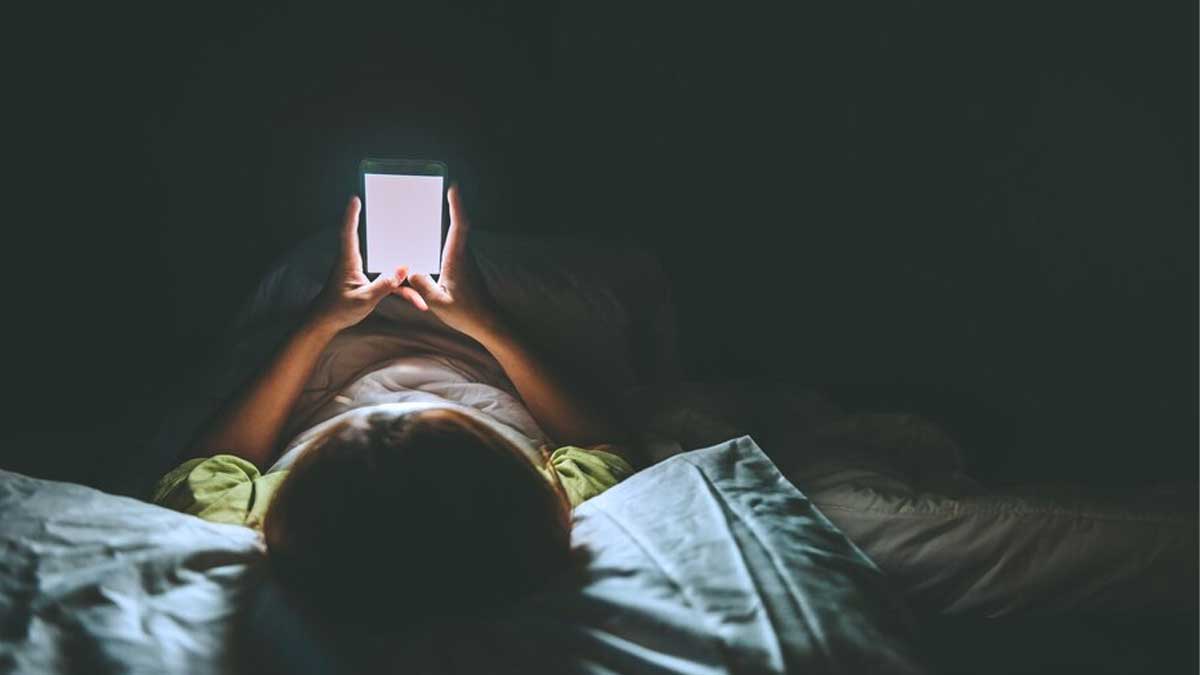
In the current day and age, short video platforms like Instagram Reels and YouTube Shorts have become a staple in our lives. These short forms of content provide instant amusement and provide an easy getaway from the chaotic stress that usually infiltrates our nighttime routines. A recent study published in BMC indicated a concerning link between late-night scrolling and an increased risk for hypertension.
Table of Content:-
A study in China involved data from 4,318 participants, ranging from young to middle-aged adults. It addressed the issue of hours spent watching short videos in bed and the development of hypertension by affecting the blood pressure level. The results were that increased hours in which an individual has to spend watching those short videos before sleep increased his chances of having high blood pressure.
According to the researchers, late-night scrolling of short videos is much more sedentary than other classic screen activities like watching TV or working on a computer which may include a minute amount of actual physical movement. Such behaviour, or staying immobile for a prolonged period, may harm your health and also cause disrupted sleeping patterns.

Link Between Mindless Scrolling and Hypertension
The more time spent during the night on short video content, the greater the risk of hypertension. Hypertension is one of the silent killers and a major risk factor for cardiovascular diseases. The lead researcher pointed out that this association is a reminder of how our nighttime digital habits could be detrimental to our health in the long run.
Also Read: High Blood Pressure In Your 30s? How Everyday Habits Could Be The Cause
Tips For Mindful Scrolling
The effects of short videos on physical well-being cannot be ignored, especially for younger generations avidly using these platforms. We have some good news, the risks from late-night screen time could be mitigated by a more mindful use of social media. Here are some strategies that can help you take a more improved balance.
1. Establish a Screen Time Curfew
Choose a specific hour of the night when you will put away your phone or other devices. Take advantage of apps, or even the features available on your devices, to track and limit the use of devices during nighttime hours.
2. Provide Calming Alternatives
Replace scrolling through your feeds at night with a book, some meditation, or journaling. These may set the mind and body up better for restful sleep.

3. Enable Night Mode
Employ night mode or blue light filters in your devices that minimise the interruption caused by the glare of screens when sleeping.
Also Read: Link Between Stress And Hypertension: Expert Shares Tips to Stress Less And Protect Your Heart
4. Be An Active Content Consumer
If you cannot avoid social media at night, view learning content such as educational videos or online courses; it is not all passive screen time.
5. Apply the 20-20-20 Rule
Every 20 minutes, look at something 20 feet away for 20 seconds. This minimises eye strain and gets you moving.
6. Create a Sleep-Friendly Environment
Charge your devices outside the bedroom to reduce the temptation of scrolling. A technology-free sleep environment will facilitate good sleep and reduce the possibility of late-night scrolling.
7. Be Choosy About What You Publish
Limit your feeds to include good, fun messages that actually give your mind a rest and lead to a nice night's rest. Stay away from videos that make you stressed or follow them for too long.
Conclusion
Short video apps bring so much convenience and entertainment. However, there is a cost in terms of using them heavily at night, especially. To some of us, this turns out to become a wake-up call to realign our digital habits around hypertension and similar concerns. All it takes is thoughtful scrolling and moderation to safeguard the body and mind - but still enable social media bliss.
Also watch this video
How we keep this article up to date:
We work with experts and keep a close eye on the latest in health and wellness. Whenever there is a new research or helpful information, we update our articles with accurate and useful advice.
Current Version